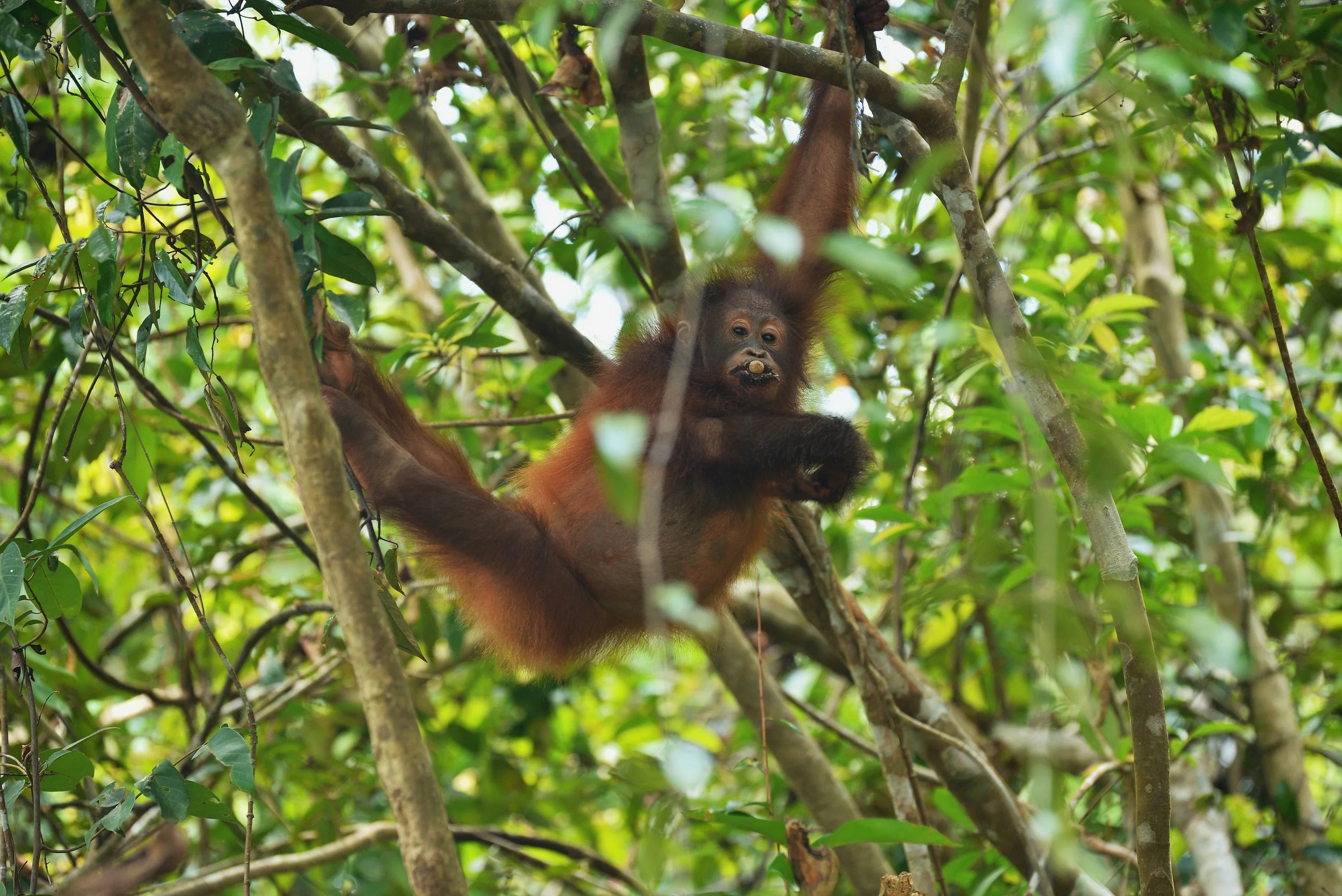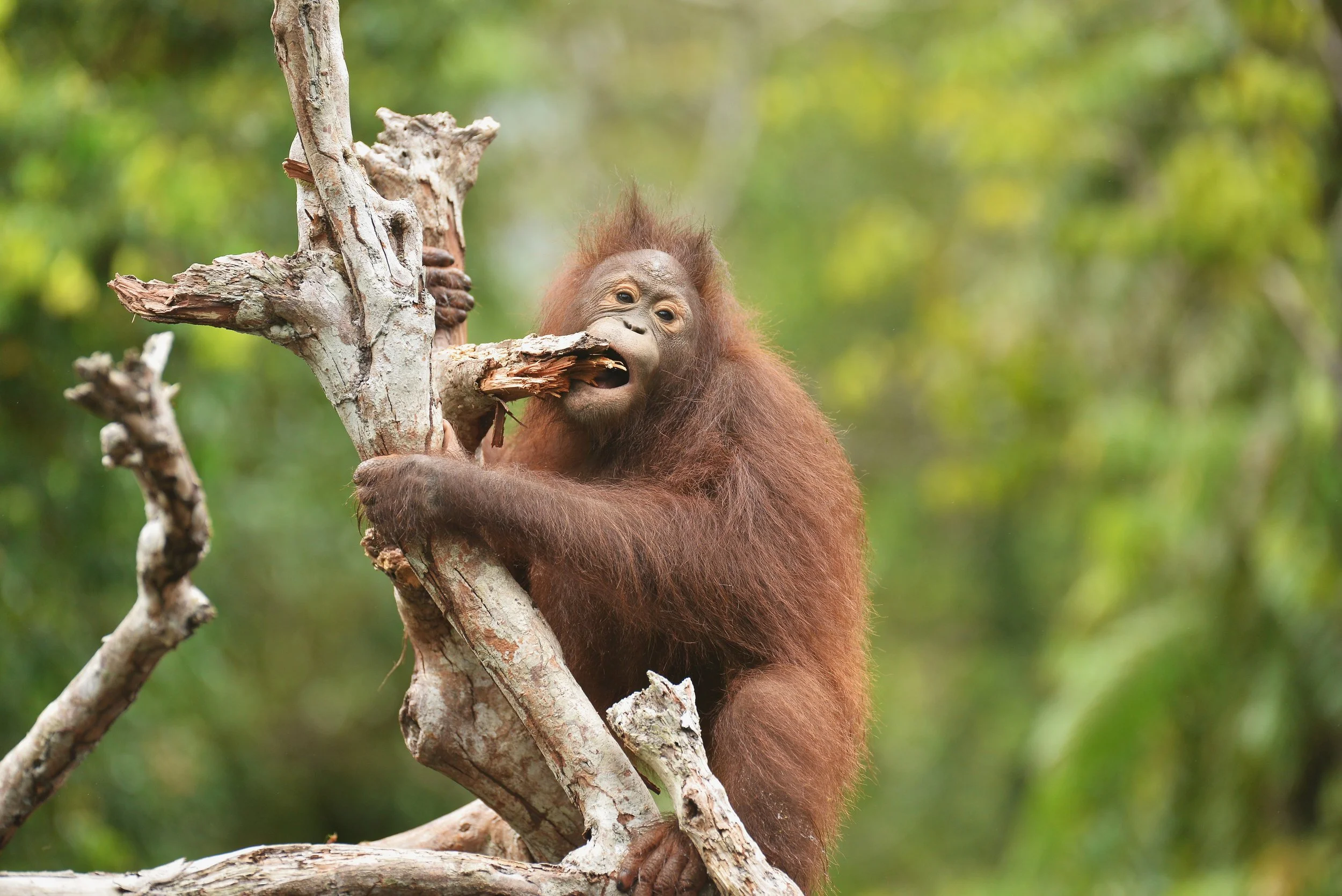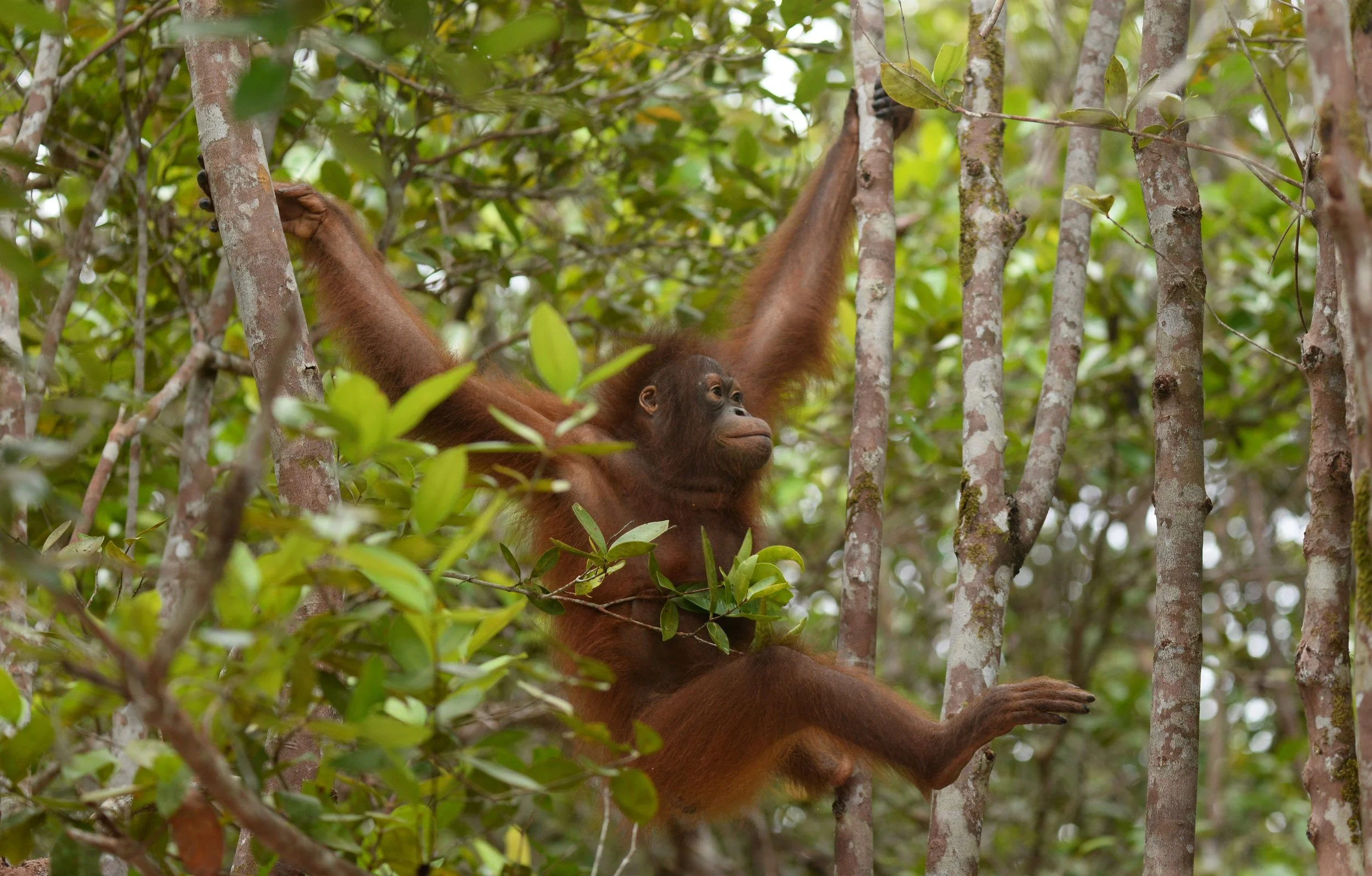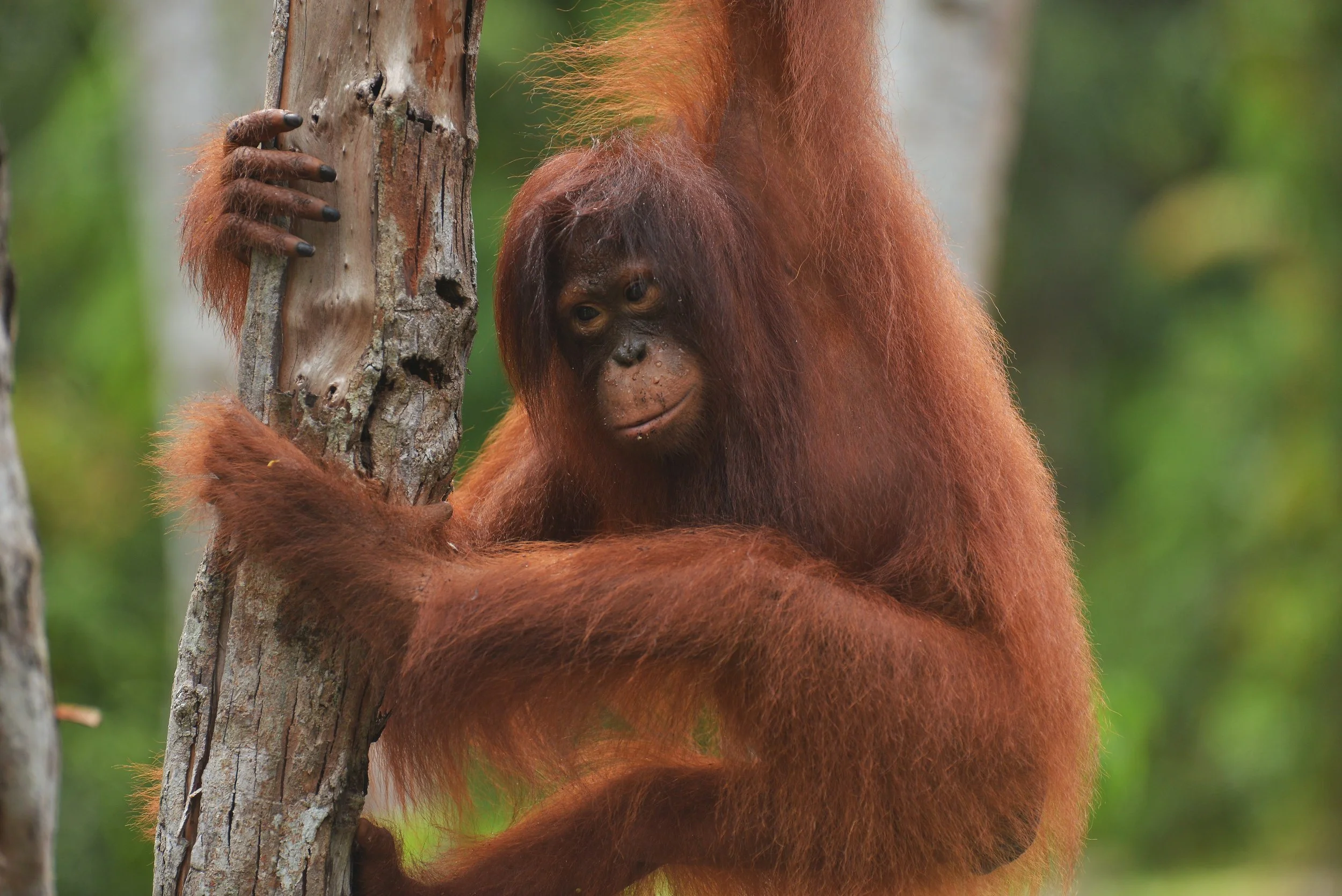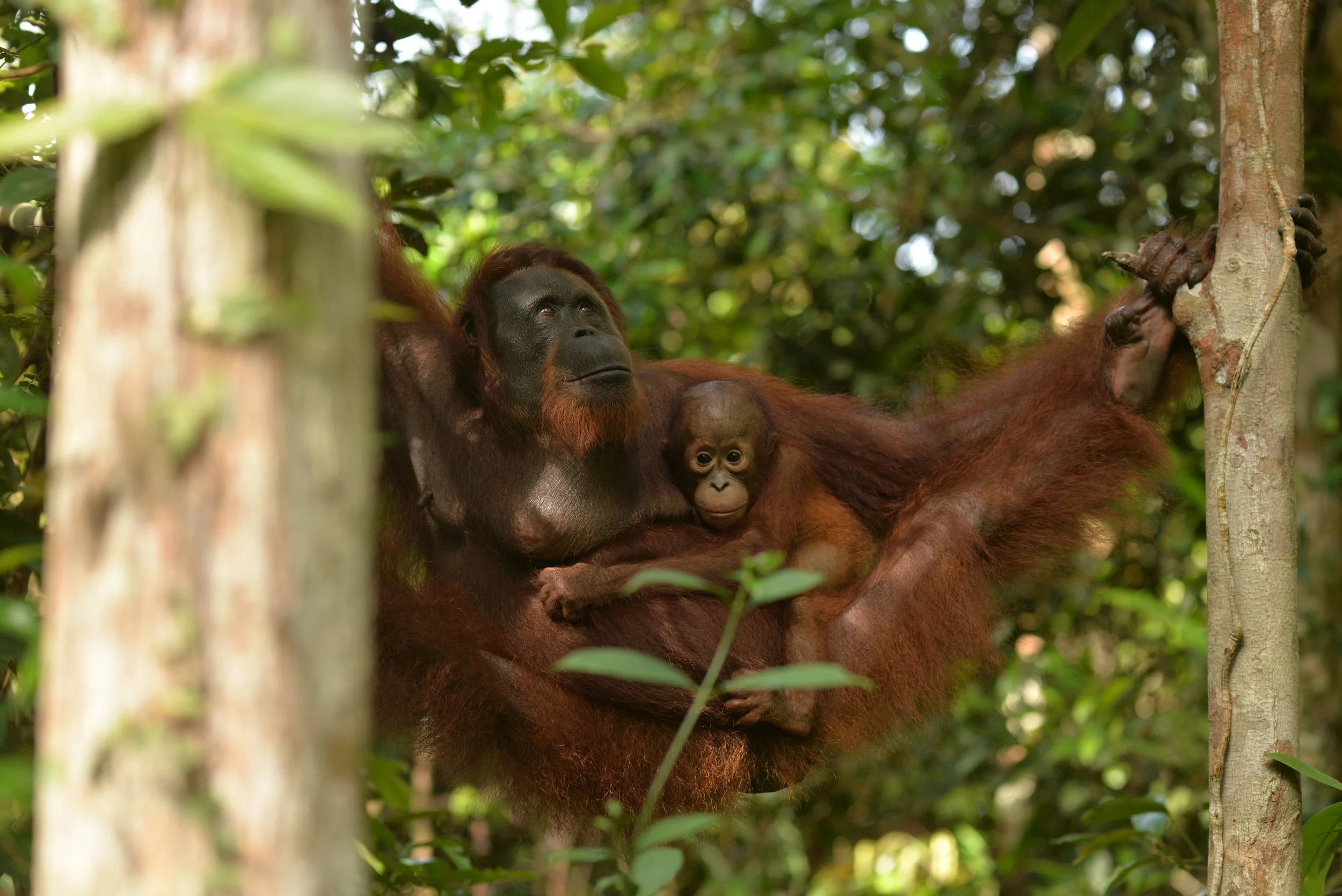All living things - including orangutans - have an innate drive to meet their biological needs; water, food, oxygen, and shelter are all key to surviving in the forest. But what about the drive to reproduce? Learn how this semi-solitary species finds a mate in the forest.
Orangutan Stories: Death and Birth - The Circle of Life in the Wild
Death and birth are two certainties for all living beings on earth. Naturally, in this circle, for every life that passes another one begins. We are very excited to share the news that we will be welcoming three new orangutan infants into Lamandau Wildlife Reserve this year! However, at the same time, with deep sorrow, we announce the death of Lego, the infant male orangutan of Labetty.
Lego and Labetty in December 2024
Sugih, Acuy and Amina are all expected to give birth later this year. The former two are ex-captive individuals now living in the wild, whereas the latter, Amina, is Acuy’s first offspring. This means that as well as her own child, Acuy will be welcoming her second grandchild from Amina.
Lego was Labetty’s second offspring. Born on 11 June 2024, he has been living under the care of his mother in the protected reserve. Many of you may recognise Lego from his recent endeavours, climbing independently for his very first time. Sadly, on 11 March 2025, Lego passed away, potentially with drowning as the cause.
The three expecting orangutan mothers
Acuy
Acuy with previous offspring
Released into the reserve in 2006, Acuy is now approximately 30 years old and has already had three offspring in her lifetime: Amina, Ariel and Arul. Prior to her pregnancy, Acuy was seen with the Andy, a younger male living in the reserve, and Tole, a dominant male. Observations indicate that despite Andy’s lower status, he was in fact the male that mated.
With Acuy being a regular visitor to the feeding site at Camp Rasak - where fruit is provided to ex-captive orangutans now living in the wild at times of low fruiting in the forest – staff soon noticed physical signs of her pregnancy in the form of swollen genitals. Following closer veterinary observations, it is predicted that Acuy will give birth in September 2025.
Amina
Amina and her first offspring, Albie
Amina, born in the wild in 2007, has long been living independently from her mother Acuy. Amina bore her first offspring, Albie, in 2019, and has since been teaching him to survive independently. Aside from foraging and climbing, Albie has been seen helping his mother to build a nest for the pair to sleep in at night. As orangutans build a new nest each day, this regular practice for Albie is preparing him for when the time comes to live alone.
When orangutan mothers give birth to a new infant, the older, now adolescent offspring leaves to start its own life due to food scarcity in the forest. It is common for the individual to stay close by, however, keeping a short distance and sleeping in their own nest. Already, Albie is venturing considerable distances from his mother, though often cries when Amina is out of site. No doubt, he will soon learn that he will have to share his mothers attention when her new offspring arrives!
Sugih
Sugih post-release in Lamandau Wildlife Reserve
Staff recently delivered news that in Camp Buluh, Lamandau Wildlife Reserve, ex-captive Sugih released into the wild in 2016, is also showing indications of pregnancy. This will be her first time being a mother. Having learnt all the skills to survive whilst in the soft-release programme - our rewilding project for orphaned orangutans - we are confident that Sugih has all the knowledge necessary to successfully rear her offspring.
As we often say, it is wonderful to see orangutan populations thriving in the safety of a protected area. Through tragedies and complications, it is moments of conservation successes that remind us of the importance of protecting this critically endangered species and their vital rainforest habitat.
Orangutan Stories: Logos’ lucky rescue from the pet trade to thriving in the forest
Logos, January 2025, adjusting to his new surroundings whilst playing
Just like humans, orangutans in the soft-release programme receive regular health care, as routine check-ups ensure smooth journeys back into the wild. Logos’ results show that this once small and fragile infant rescued from illegal pet trafficking is now flourishing!
Logos, February 2025
Logos arrived at the Foundation in 2023, weighing just 7.2kg, after being confiscated in Java on his way to becoming a pet. As orangutan infants are extremely dependent on their mother, orphaned Logos was very vulnerable. He has since overcome all odds, doubling in size to over 16kg and already showing confidence in climbing, foraging, and nest-building.
Logos, 2023, arriving at the Foundation after being rescued from Java
Recently, Logos was relocated to Camp Rasak to replace Boy, who in November was released into his independent life in the wild. Logos immediately sparked a lot of interest, with many resident orangutans curious to see the newcomer, hanging around his enclosure where Logos was playing with the enrichment sources provided.
However, when Logos was brought out of his enclosure to start exploring the forest, the wild, resident orangutans accosted him, causing him to run to the safety of his carer. As the other individuals have become more familiar with Logos, his confidence has improved and he now is brave enough to explore even the tallest of trees and to attempt nest-building.
Logos, February 2025
All individuals in the soft-release programme have been rescued from the pet-trade; it is reassuring to see how quickly they become the young orangutan in the forest that they were always meant to be.
The life of the veterinarians
2024 highlights: A look back on our conservation achievements together for orangutans, forests, and people
Orangutan Stories: The return of Andy!
Reforestation programme: 43,500 tree-saplings planted!
Orangutan Stories: Boy's release!
Orangutan Stories: Unusual Interactions
Orangutan Stories: Exploring Food in the Forest
Orangutan Stories: The Art of Nest-Building
Orangutans are arboreal mammals who are known not only as forest gardeners, but as forest architects, with magnificent nest building abilities. These primates spend their days climbing, foraging for food, and brachiating through the forest canopy. Afterwards, they build a new nest every single night to sleep in.
Orangutan Stories: Young orangutans have much to learn!
Orangutan Stories: News from Camp Rasak
Orangutan Stories: Sinta the Curious Eater
EXCITING NEWS: Rare Sighting of Mother and Two Infant Endangered Bornean Clouded Leopards
Orangutan Stories: Mona the Observer
Throughout our soft-release programme, the rescued, orphaned orangutans acquire many important skills as they learn to grasp the workings of life in the forest. These young orangutans must learn the essential skills of how to forage for food, climb trees, and build nests, as well as become familiar with their forest habitat and all that it encompasses.
Orangutan Stories: Timtom’s Beautiful Hair
Every orangutan has a distinct personality and unique physical characteristics that differentiate one to another. Their body size, facial features, and special characteristics are a few of the ways that the field staff use to identify orangutans in Lamandau Wildlife Reserve - Timtom is known for her beautiful hair.
Orangutan Stories: Poor Logos is Recovering
Unusual news came from Camp JL in Lamandau Wildlife Reserve. Infant Logos received an injury to his left forefinger due to an animal bite. Camp staff are currently unsure which orangutan bit him and how it occurred. As usual, Logos was actively playing in the camp yard and appeared to be in good health until February 1st when he returned to his enclosure.










